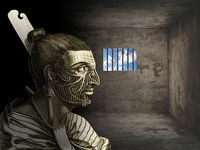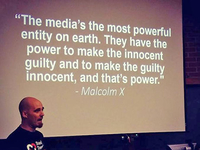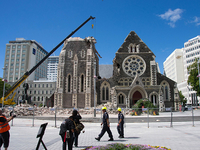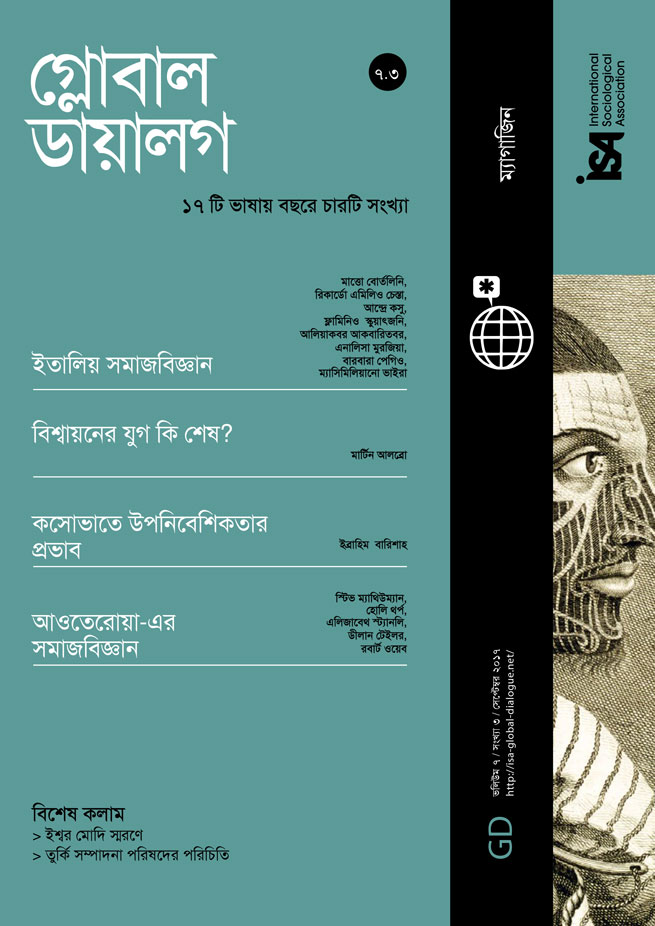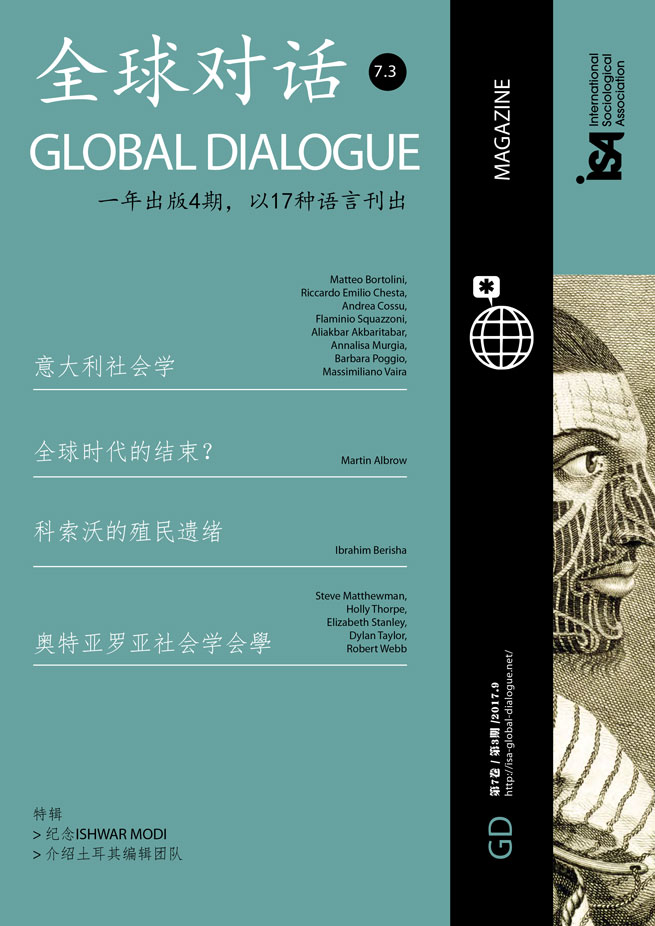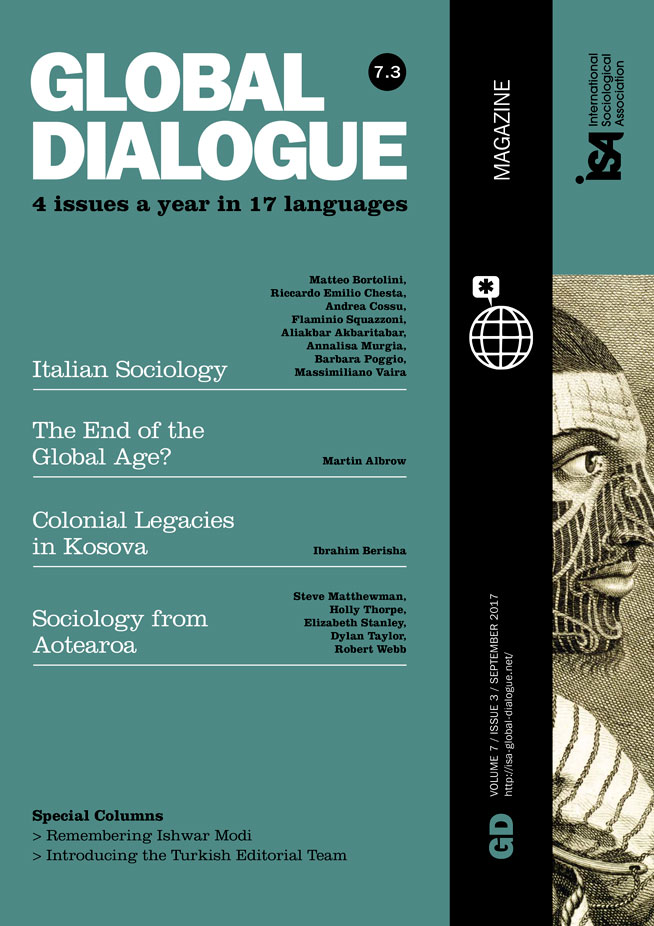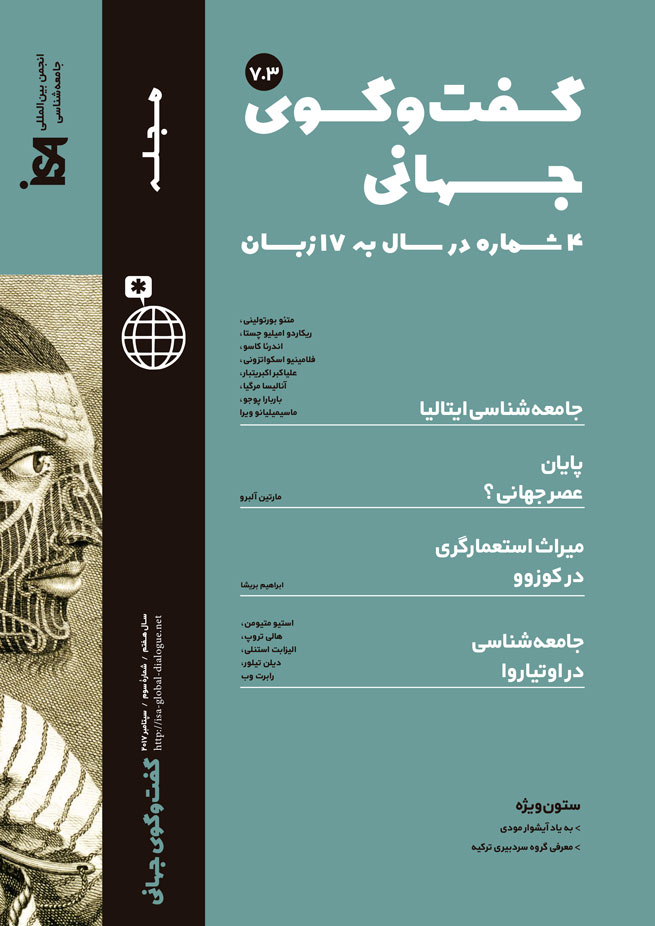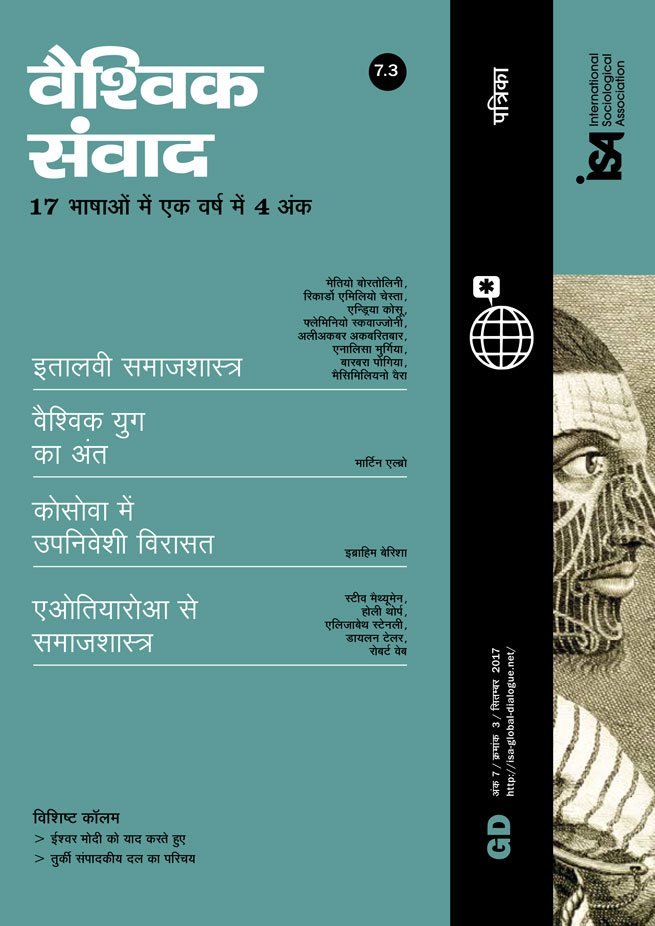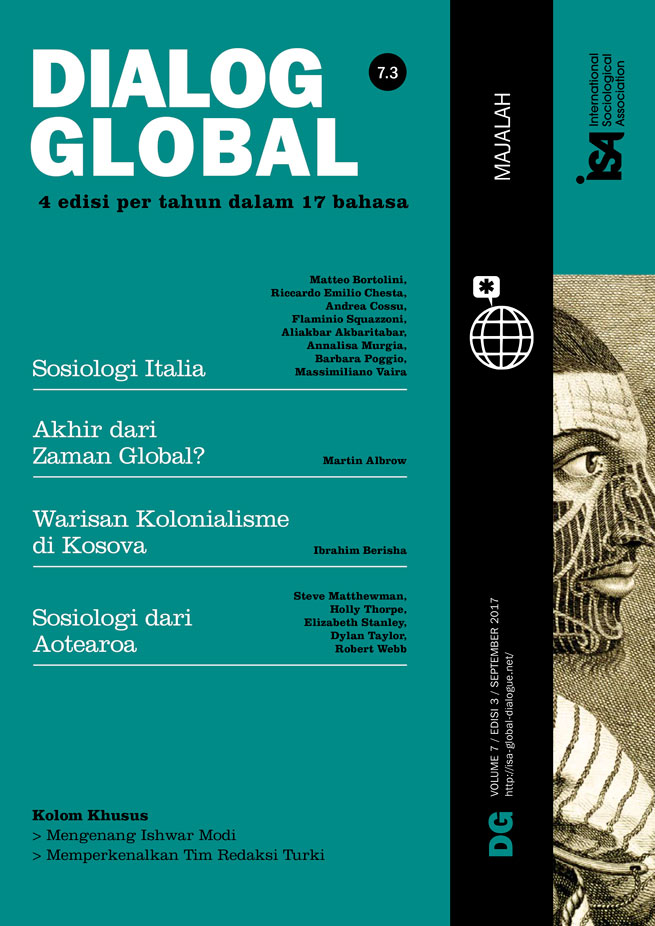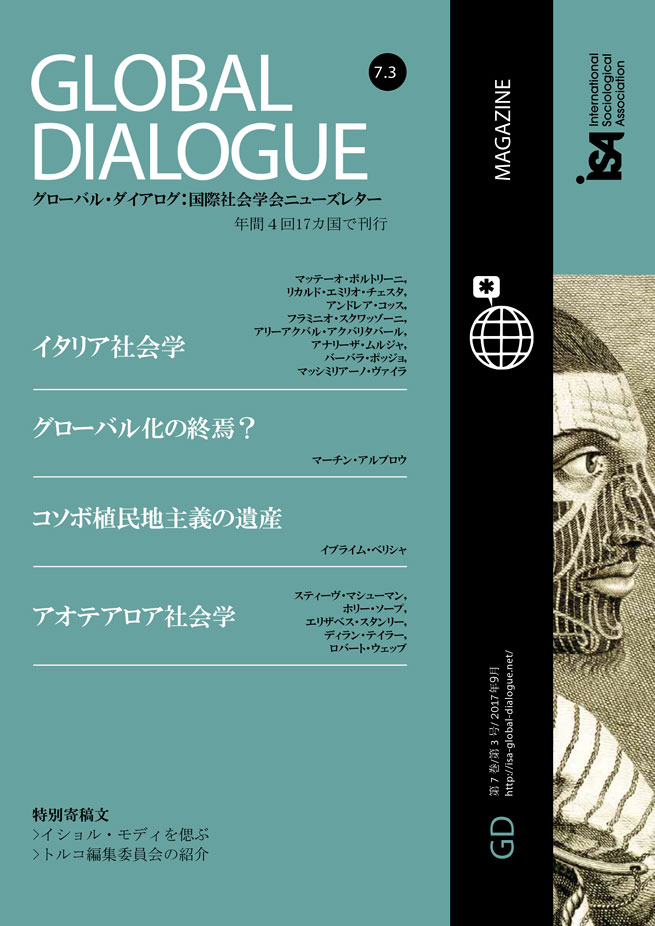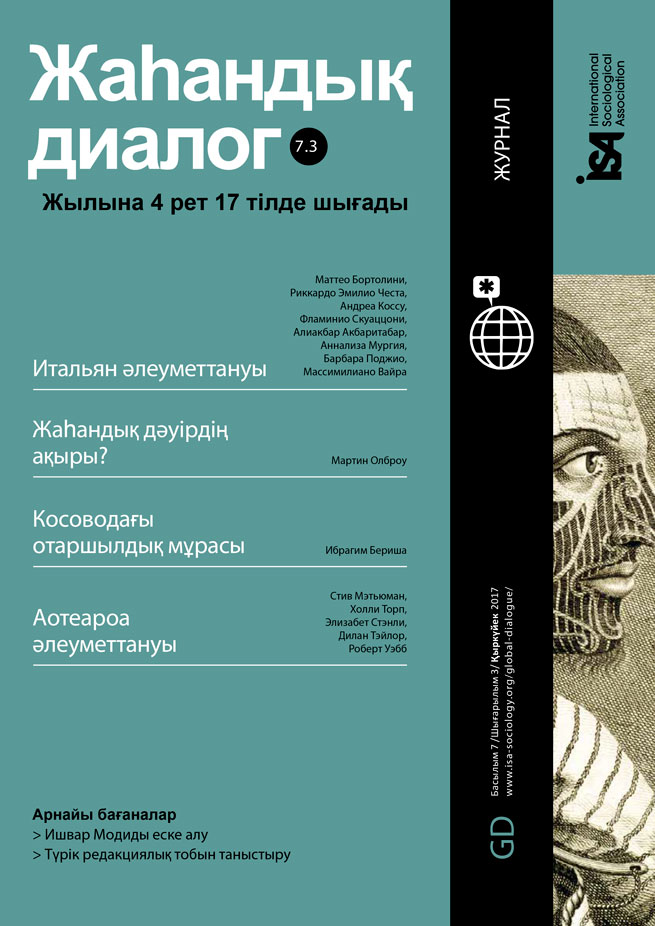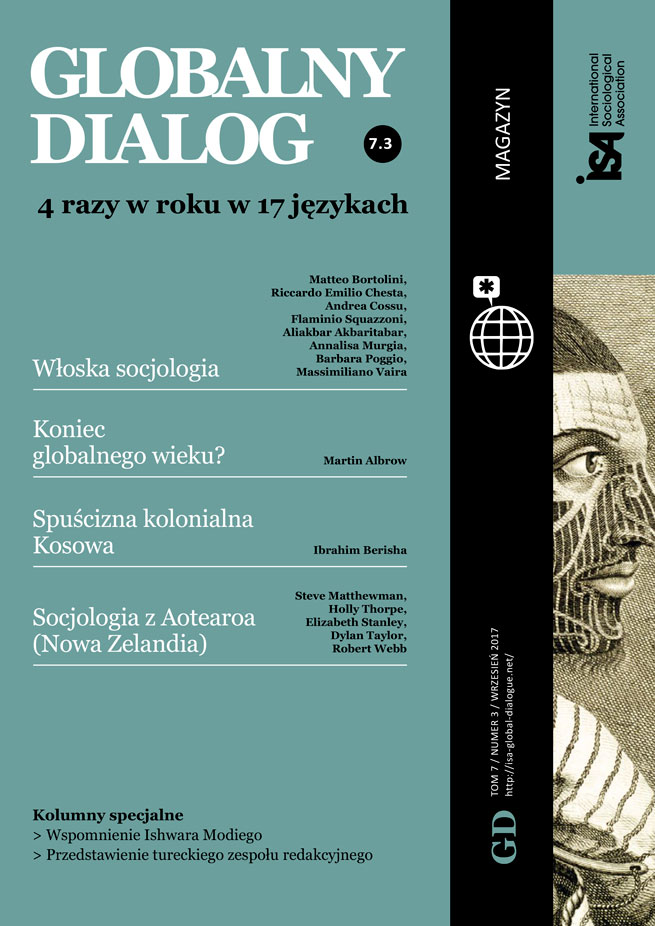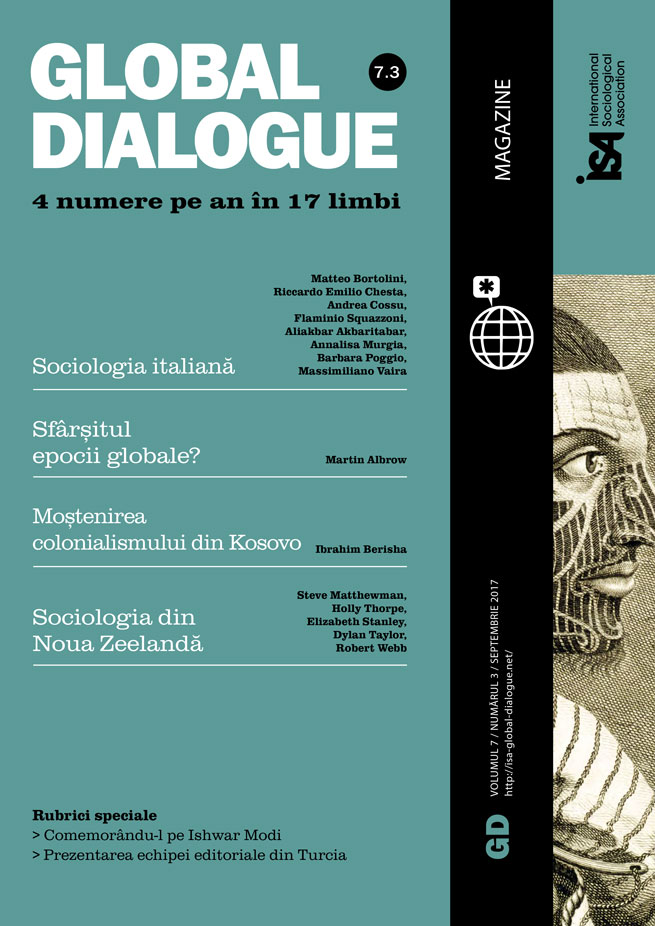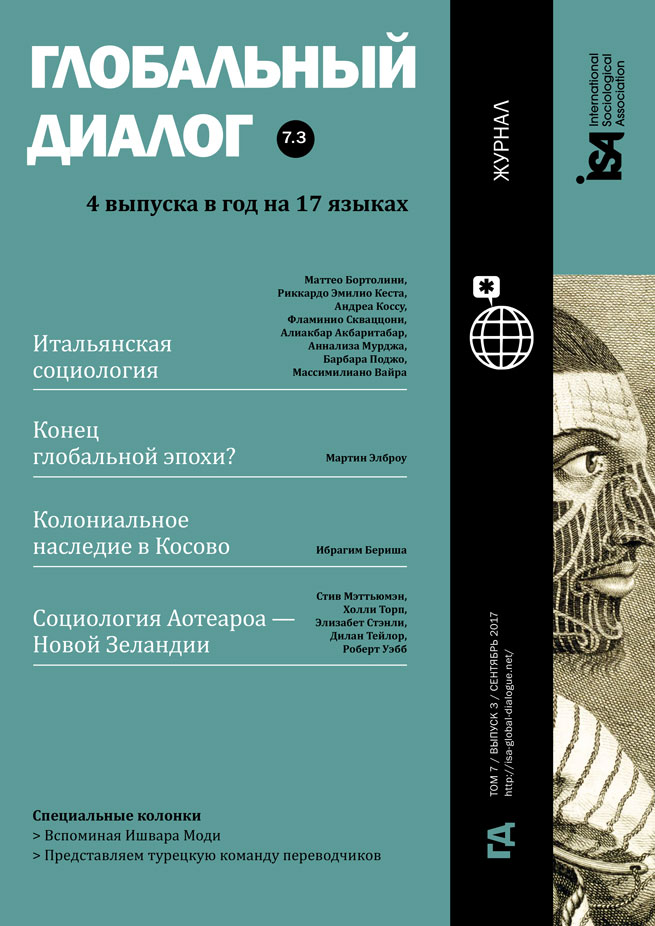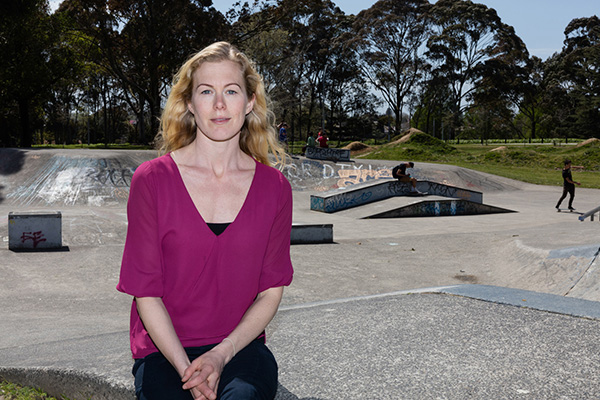In contexts of war and natural disaster, children and youth are often considered the most vulnerable. Yet although children and youth may be exposed to particularly high levels of physical, social, psychological, and political risk, simply treating children and youth as “victims” may overlook their unique forms of agency, creativity, and resourcefulness.
Seeking to move beyond this “deficit model,” I have begun a three-year comparative study, providing space for local voices, and prioritizing the lived experiences of youth in contexts of war, conflict, and disaster. Two of the cases included in this Royal Society Marsden Fund project focus on youths’ engagement with non-competitive action sports in contexts of political instability and ongoing conflict: the first, Skateistan, is a non-governmental skateboarding school for disadvantaged children in Afghanistan; and the second is a grassroots parkour group in Gaza. In two other cases, I am exploring the social, psychological, and civic significance of action sports for youth living in communities devastated by natural disaster as well as during the long process of recovery: we are looking at Christchurch following the 2010 and 2011 earthquakes, and New Orleans following Hurricane Katrina in 2005.
Preliminary findings from our research on post-earthquake Christchurch, New Zealand, is already yielding some insight into the myriad, often subtle, ways in which young people navigate plural, intersecting structures of power in their everyday lives, focusing particularly on their sporting participation and civic engagement. The 2011 earthquake killed 185 people and injured many more, flattening the downtown district and damaging or destroying almost 200,000 homes. Earthquakes that destroy vital infrastructure – roads, sewage, and water – also destroy sporting facilities (e.g., gyms, playing fields, swimming pools, club rooms, stadiums) – facilities whose destruction is rarely of immediate concern, but whose loss is often keenly felt in the weeks and months following a natural disaster, as residents seek to re-establish lifestyles and routines. Without ignoring the post-earthquake experiences of athletes and residents involved in organized, competitive, and recreational sports, I have focused on the experiences of highly-committed participants in non-competitive, unregulated action or “lifestyle” sports, exploring how these individuals adapted their sporting participation after the earthquakes.
Immediately following the earthquake, most participants viewed sporting activities as secondary to the health and wellbeing of family and friends. A few weeks after the earthquake, however, many recognized the damage done to their sporting participation. As Emma, a passionate surfer, explained, “Once we got most of the chores done, we started to realize that something huge was missing from our lives.” For many, damage to their favorite sporting spaces disrupted their familiar, deeply embodied, sporting practices. For skateboarders, the city center’s “red zoning” meant the loss of a favorite urban playground. Climbers lost access not only to their indoor climbing facility, but also to hundreds of climbing routes in the Port Hills, while mountain bikers lost hundreds of trails in the area. Extensive damage to major sewer lines forced the Christchurch City Council to release untreated wastewater into rivers, closing local beaches for nine months, disrupting the daily routines of local surfers and other beach users.
Participants in the study described strong physical, emotional and psychological responses to disrupted sporting practices, while others deeply mourned the loss of much-loved sporting places: “I feel so sad for the places we lost,” Japanese climber, Yukimi, said. “My favorite climbs were there, my projects were there. I miss them.”
Cultural geographer Tim Edensor writes that individuals often try to minimize the effects of a major disruption by trying to “restore familiar spaces, routines and timings.” This was certainly true for many lifestyle sport participants living in Christchurch, many of whom seek out the familiar rhythms of their sporting bodies and lifestyles to cope with daily stresses, to rebuild personal and collective identities, and to strengthen a sense of belonging in a new Christchurch. For example, many passionate surfers car-pooled to non-polluted surfing beaches outside Christchurch, and many climbers organized group bouldering trips, as beaches and bouldering routes became what Allison Williams terms “therapeutic landscapes.”
For some Christchurch residents, sporting participation helped escape (if only temporarily) from the stresses of daily life. For example, Aaron, a passionate surfer, described surfing’s importance for social interaction with his peers: “There is such a strong presence of community within surfing… you’d come back [from your surf] and be in a calm place for at least a few days.” Some Christchurch youth also set about reappropriating earthquake spaces, demonstrating creative responses to the earthquake. Embracing their sporting culture’s do-it-yourself, anti-authoritarian attitude, some skateboarders created indoor skate-parks in buildings set for demolition.
Trent described the appropriation of damaged buildings as a “salute to all the people that look down their noses at us and think we’re just nuisance, good-for-nothing skaters.” Rather than “sitting around and moaning about all the damage, [we] are out there doing something, and saying ‘hey look what we can do with all the broken stuff’.” Through the creative use of earthquake-damaged spaces, skateboarders constructed different spatial re-imaginings of a post-earthquake city. In so doing, they subtly disrupted dominant readings of earthquake spaces as dead, damaged, and fit only for demolition.
In the wake of the earthquake, alternative sporting practices appear to offer an opportunity to redefine physical and emotional disaster geographies and rebuild social networks and connections. But such action-sport endeavors can also include exploitative and commercializing aspects. In 2015 the American-based denim corporation Levi Strauss announced that it would donate NZ$180,000 towards the building of a community skate park.
Most local youth and parents strongly favored the Levi-sponsored skate park; rather than criticizing the transnational corporation’s investment, they welcomed the offer with open arms. However, a few local residents used an online Council submissions forum to express concerns about Levis Strauss’ economic motives for investing in post-disaster Christchurch, and the Council’s complicity in this process. Comments like, “We need imaginative ways [sic] to maximize the environment, not a commercial advertising eyesore,” or, “Levi’s is a multinational looking for the best profile for their company, they care nothing for the community” reflected local residents’ concerns over what Naomi Klein has termed “disaster capitalism”, in which an international corporation saw a unique marketing opportunity in the disarray caused by the earthquakes and the lack of council funding available for sporting and recreational facilities.
Our ongoing study may be the first global investigation into the different possibilities offered by informal sporting activities for improving lives in conditions of war and disaster, as well as the various forms of power that enable or constrain such endeavors. Our study reveals a resourceful youth responding to local conditions, yet simultaneously influenced by global power structures and transnational networks.
Holly Thorpe, University of Waikato, Aotearoa New Zealand <thorpe@waikato.ac.nz>
